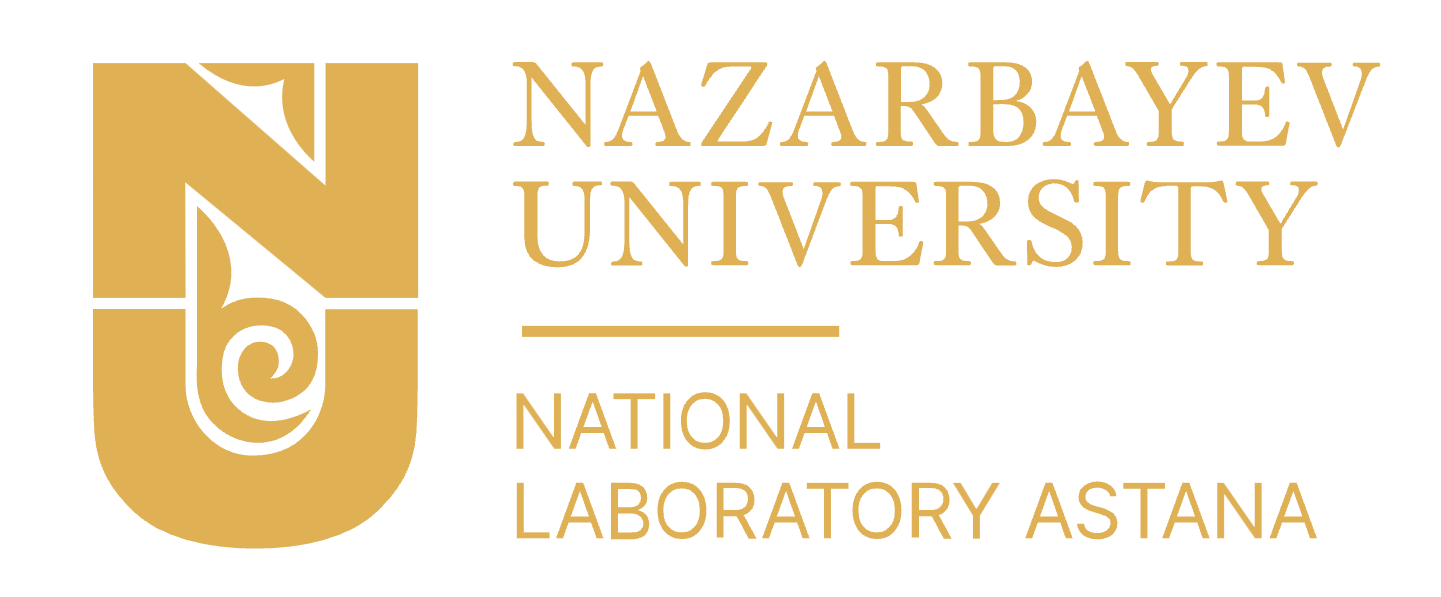Program-Targeted Funding 2024-2026 (PTF)

Kazakhstan has generated 4 billion tons of waste of mining waste. The mining wastes collected in tailings management facilities and their safety and environmental impact are now under consideration. In 2023, the United Nations Economic Commission for Europe (UNECE) started an initiative in Central Asia to promote an understanding of the risks associated with tailings and raise awareness of tailings as a hazardous activity. UNECE has created a map of mining tailings in Kazakhstan. The 2024-2026 plan of UNECE includes the improvement of shared understanding and risk management across countries on mining waste. However, the literature review revealed no attempt to study CO2 mineral trapping using mining waste rocks in Post-Soviet countries, and this project will pioneer CO2 mineral trapping in the CIS.
- Characterization of mining waste rocks in Kazakhstan
- Development of feasible mineral carbonation technology using Kazakhstan mining waste rocks
- Novel Carbonation development with heavy metal detoxification
By the end of the program, we aim to achieve:
Detailed characterization of Kazakhstan mining waste for using modern physicochemical research methods which include radiography, electron microscopy, thermogravimetry, IR spectroscopy, pH-metry, etc.
Study of the potential for technological application of mining waste rocks in Kazakhstan which includes nemalite-serpentinite minerals.
Development of feasible and effective mineral carbonation technologies in Kazakhstan.
Determination of influence of grinding, thermal and mechanical activation of minerals on the processes: transfer and injection of CO2 into minerals (rocks) (in-situ, direct carbonization processes) and carbonization in a reactor using the pH fluctuation method (ex-situ, indirect carbonization processes), optimization using experimental design to obtain better process results.
Characterization of mining waste in Kazakhstan
Development of novel mineral carbonation approach using acid rainwater and wastewater utilization
Development of mining waste carbonation with simultaneous heavy metal detoxification technology
Equilibrium and Kinetic modelling of Kazakhstan mining waste carbonation



- Woojin LeeProfessorORCID: 0000-0002-7082-5687
- Sung-Woo MoonAssociate Professor, NLAORCID: 0000-0003-1164-8251
- Mannix BalanayAssociate ProfessorORCID: 0000-0003-2479-8582
- Meiirzhan NurmyrzaPhD student, Nazarbayev UniversityORCID:0009-0005-0355-7159
- Nurlan, N.+; Jeong, J.+; Nurmyrza, M.; Kim, H.; Shin, H.; Lee, W. The effect of operation factors on the enhanced catalytic conversion of aqueous NO3- to NH4+ by Pt-Co@NC and theoretical verification of its surface reaction mechanism, Chem. Eng. J., 2025. 506. 159874. DOI:https://doi.org/10.1016/j.cej.2025.159874
- Nurmyrza, M.; Han, S.; Lee, W. Enhanced catalytic reductive removal of aqueous Hg(II) on the surface of stable zeolite imidazolate framework derived magnetic nanoparticles (Co@NC) and its sustainable reuse, ACS ES&T Eng., 2025. 5. 678-690. DOI: https://doi.org/10.1021/acsestengg.4c00626
- Nurmyrza, M.; Nurkhamit, B.; Togay, A.; Lee, W. Sustainable CO₂ Mineral Carbonation by Acid Rainwater and Wastewater Utilization. Goldschmidt 2025 Conference, Prague, the Czech Republic, July 6-11, 2025. https://conf.goldschmidt.info/goldschmidt/2025/meetingapp.cgi/Paper/28542

